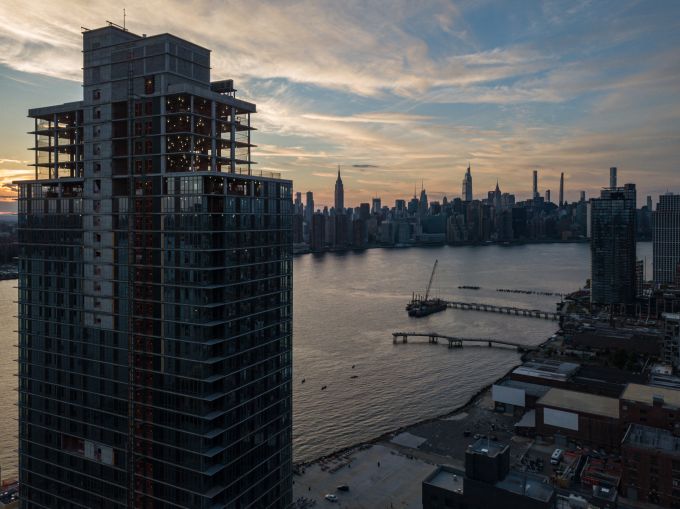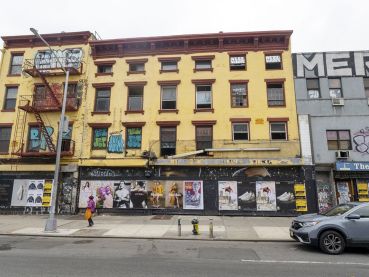NYC Apartment Construction Filings Continue to Tumble: REBNY
By Rebecca Baird-Remba May 19, 2023 5:27 pm
reprints
Foundation filings for new apartment buildings fell yet again in April, according to the latest report from the Real Estate Board of New York, which has been tracking the city’s lagging construction activity since the 421a development tax break expired last June.
The trade group tracks foundation filings rather than new building applications because it argues that foundation applications indicate which new projects are actually moving forward. For the month of April, developers filed foundation plans for 22 buildings with 569 apartments, down from 24 filings with 792 apartments in March. February’s numbers were similar to April’s, with plans for 22 buildings and 432 apartments submitted to the city’s Department of Buildings.
Last year, developers rushed to start foundation work before the 421a tax exemption expired in mid-June, leading to a spike in filings last spring. The first six months of 2022 saw 440 new building foundation filings for 31,750 units, while there were only 186 filings for 12,005 units in the latter half of the year. By contrast, developers filed plans for 95 multifamily buildings in the first four months of 2023, down 54 percent from 205 buildings during the same period last year.
The number of large building filings has also declined. Developers in April filed plans for only two buildings with more than 100 residential units: a 101-unit building in Arverne, Queens, on the Rockaway Peninsula, and a 387-unit building that will eventually be part of a 2,100-unit complex in East New York, Brooklyn. There have been eight large building filings from January to April of this year, down from 77 such plan filings in the first four months of 2022.
Brooklyn once again leads the way in filings, accounting for nearly half (46 percent) of all foundation filings for multifamily buildings since April 2021, compared to Manhattan with 11 percent, Queens with 20 percent, the Bronx with 19 percent, and Staten Island with just 3 percent.
Rebecca Baird-Remba can be reached at rbairdremba@commercialobserver.com.


